U.S. President Obama to visit century-old pagoda in Ho Chi Minh City
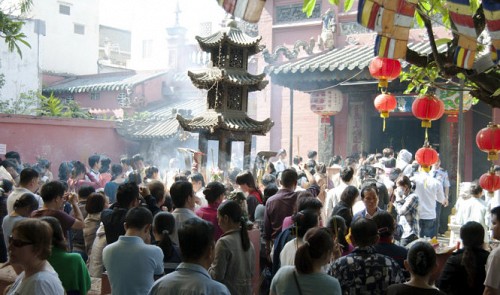 |
President Obama is slated to arrive in Hanoi tonight, May 22, and will officially begin his visit on the morning the following day. He will leave the Vietnamese capital for Ho Chi Minh City on Tuesday.
Upon arriving in the southern metropolis, the U.S. president will be visiting the Jade Pagoda in District 1 to “pay tribute to and admire the cultural traditions of Vietnam,” according to the schedule announced on Friday by the White House.
The Jade Pagoda is fully known as Jade Emperor Pagoda, orChua Ngoc Hoang in Vietnamese. Also known as Phuoc Hai Tuor Da Kao Pagoda, the temple is situated on Mai Thi Luu Street in District 1, the financial and commercial hub of Ho Chi Minh City.
The monument was established by a Chinese man in the early 1900s, according to local books on the history of Saigon.
In 1982, the Jade Emperor Pagoda became member of the Buddhist Sangha of Vietnam, and was chaired by monk Thich Vinh Khuong.
In 1984, the pagoda was renamed Phuoc Hai Tu (Luck Sea Temple), but locals still preferred the old name ‘Ngoc Hoang’ (Jade Emperor). Another name, Da Kao Pagoda, was called only during the French colonial period and is not familiar with residents.
Spanning 2,000 square meters, the Jade Emperor Pagoda reflects the Chinese culture in the early of 20th century through its architectural designs and a reddish color.
Jade Emperor Pagoda has long been listed in the city’s must-visit tourism destinations, suggested by both local and international tour providers.
The pagoda welcomes a huge number of Buddhists during several traditional holidays, including the Lunar New Year, the Lantern Festival (the 15th day of the eighth lunar month), and the Buddha’s Birthday (the 15th day of the fourth lunar month). The Buddha’s Birthday this year was observed on Saturday.
Representatives from the U.S. and Vietnamese agencies have scouted the pagoda to guarantee security before Obama’s visit.
The pagoda is temporarily unavailable to visitors and Buddhists until the visit ends.
Besides the pagoda visit, other activities of the U.S. president in Ho Chi Minh City include attending an event that is focused on both the two countries’ commercial ties and on entrepreneurship, and hosting a town hall with members of the Young Southeast Asian Leaders Initiative (YSEALI).
After that, Obama will end his Vietnam visit and leave the southern metropolis for Japan for the G7 Summit.
Prior to his arrival in Ho Chi Minh City, in Hanoi Obama is scheduled to meet with Vietnamese leaders including State President Tran Dai Quang, Prime Minister Nguyen Xuan Phuc, and Nguyen Phu Trong, General Secretary of the Community Party of Vietnam.
He is likely to also meet with Nguyen Thi Kim Ngan, the new chairperson of Vietnam’s lawmaking National Assembly.
On Tuesday, May 24, Obama will give a speech to the Vietnamese people, then leave Hanoi and travel to Ho Chi Minh City.
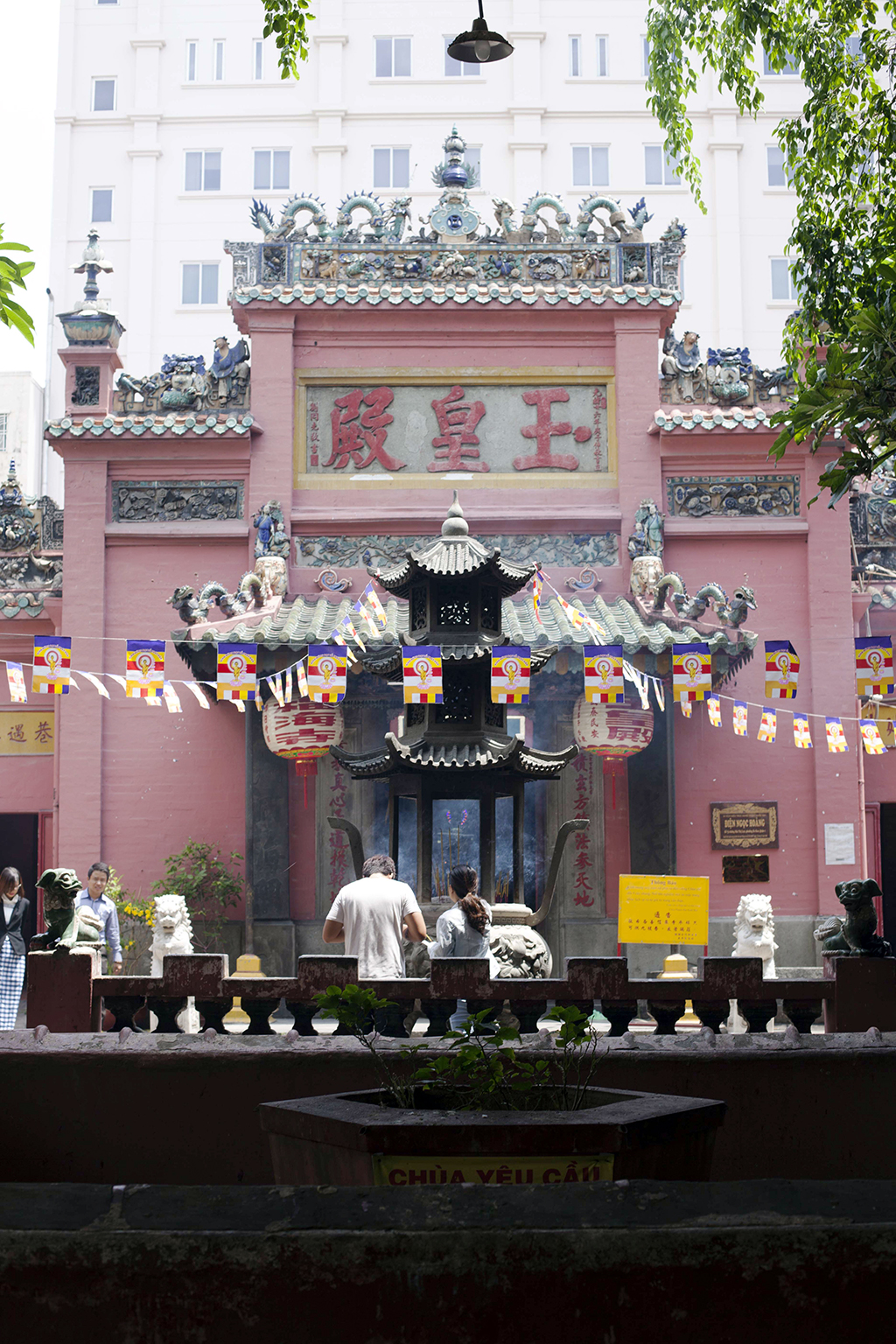 Spanning 2,000 square meters, the Jade Emperor Pagoda reflects the Chinese culture in the early of 20th century through its architectural designs and a reddish color. Photo: Tuoi Tre |
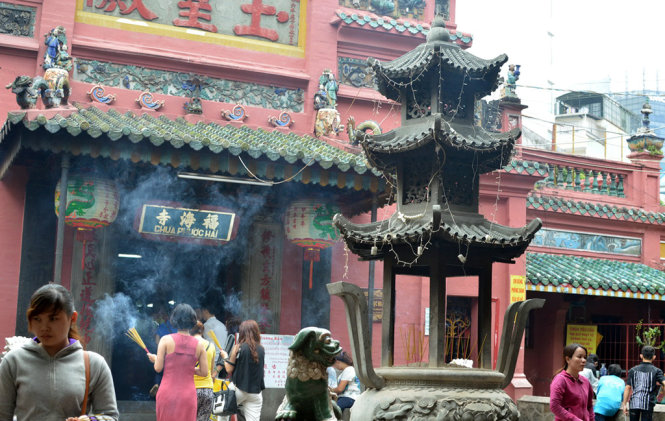 The monument was established by a Chinese man in the early 1900s, according to local books on the history of Saigon. Photo:Tuoi Tre |
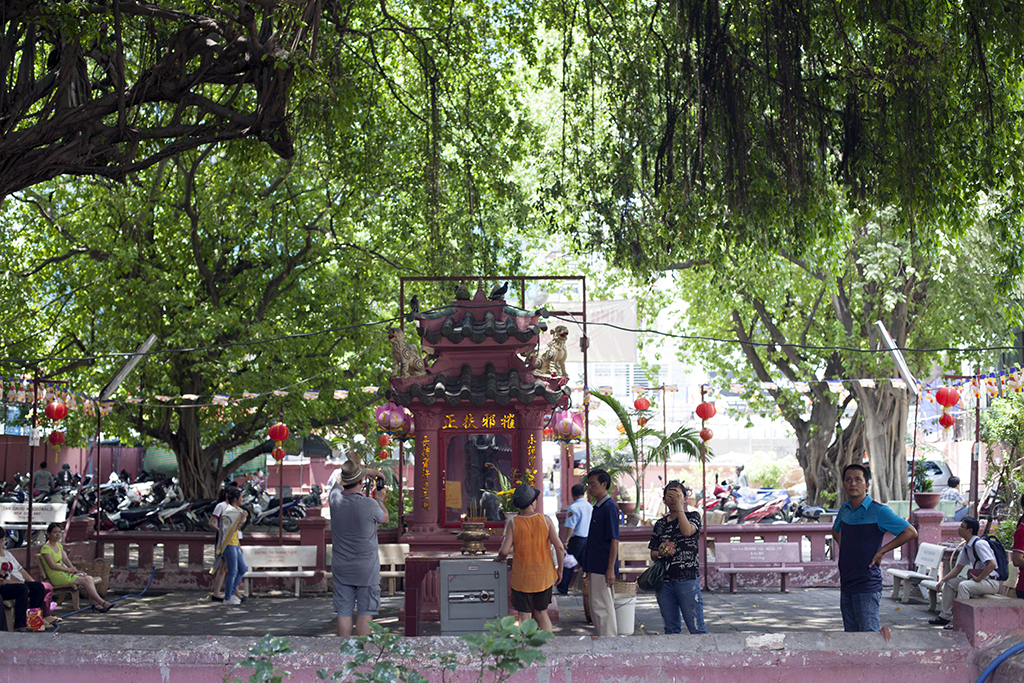 The pagoda is temporarily unavailable to visitors and Buddhists until the visit ends. Photo: Tuoi Tre |
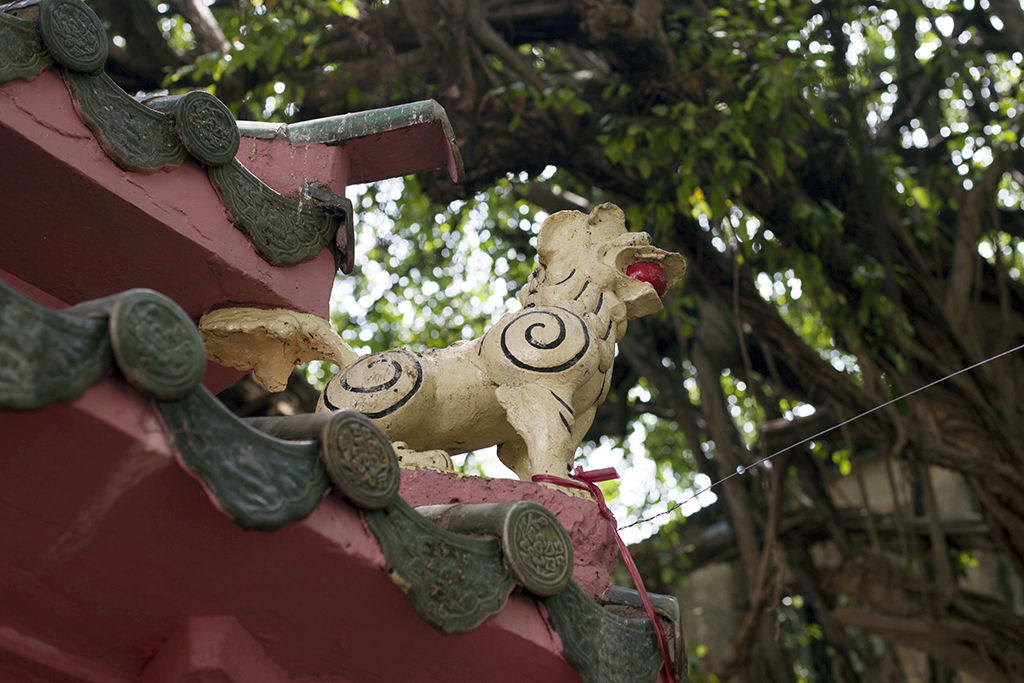 In 1984, the pagoda was renamed Phuoc Hai Tu (Luck Sea Temple), but locals still preferred the old name ‘Ngoc Hoang’ (Jade Emperor). Photo: Tuoi Tre |
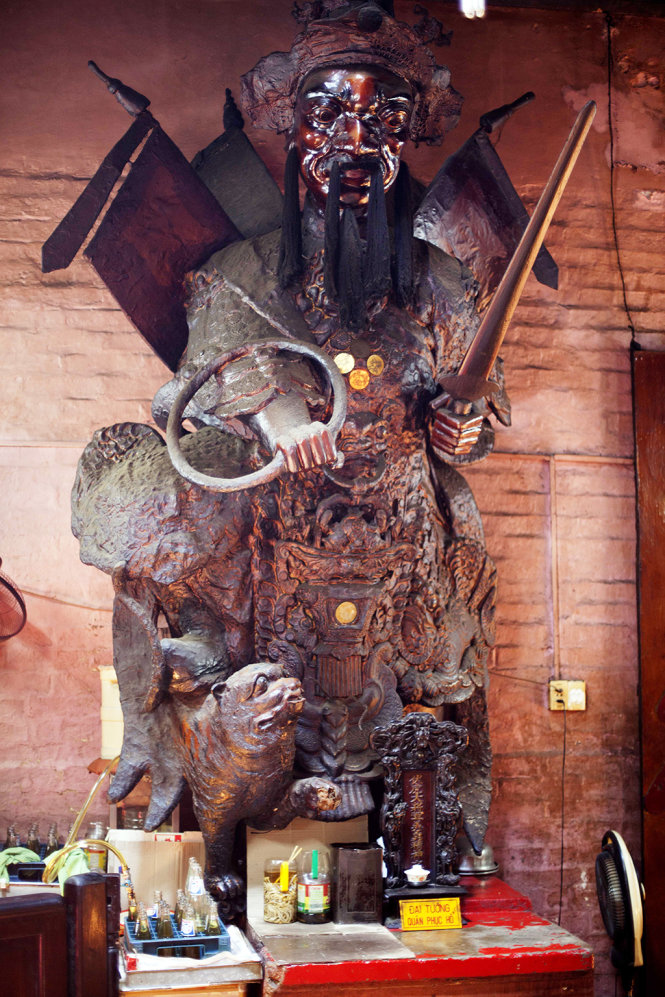 In 1982, the Jade Emperor Pagoda became member of the Buddhist Sangha of Vietnam, and was chaired by monk Thich Vinh Khuong. Photo: Tuoi Tre |
What the stars mean:
★ Poor ★ ★ Promising ★★★ Good ★★★★ Very good ★★★★★ Exceptional
Latest News
More News
- Hilton debuts in Laos with DoubleTree by Hilton Vientiane (September 05, 2024 | 17:41)
- Hanoi awarded Asia's Leading City Destination (September 04, 2024 | 16:54)
- Binh Dinh integrates film and sports into tourism strategy (August 22, 2024 | 14:24)
- Utilising digital technology to leverage cultural heritage strengths (August 06, 2024 | 22:06)
- Traditional Vietnamese crafts go digital to boost global reach (July 17, 2024 | 18:11)
- Standard Chartered Hanoi Heritage Race holds meet & greet (June 29, 2024 | 09:00)
- IFF Holdings, Marriott International open luxury hotel, residences (June 24, 2024 | 15:54)
- New Zealand Trade and Enterprise partners with major retailers to bring premium products to Vietnam (May 24, 2024 | 11:43)
- Vietnam’s tourism brand in need of methodical marketing strategies (May 17, 2024 | 07:52)
- Muong Thanh Group sets record for largest simultaneous Thai Xoe dance performances (May 08, 2024 | 11:42)







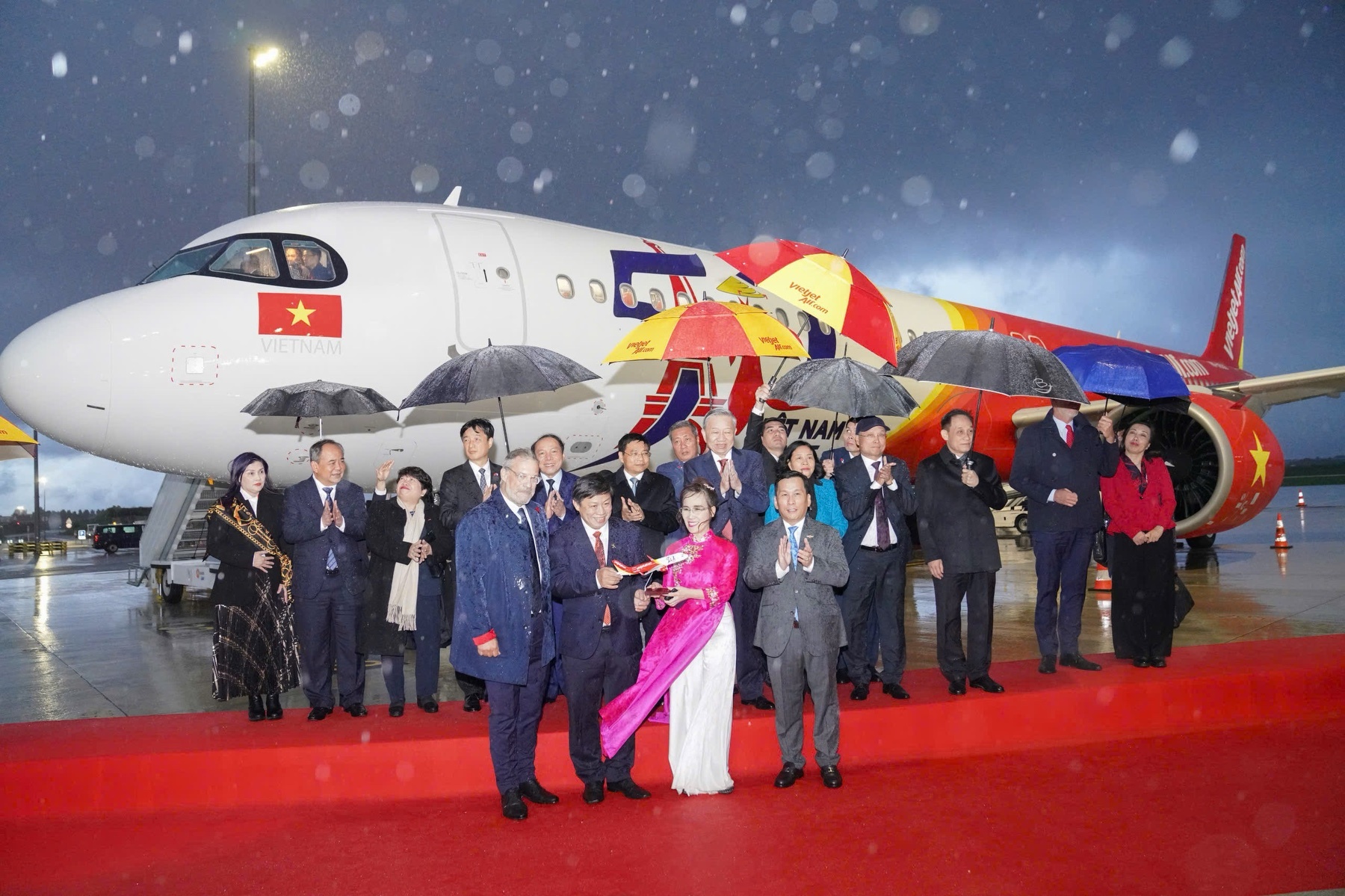
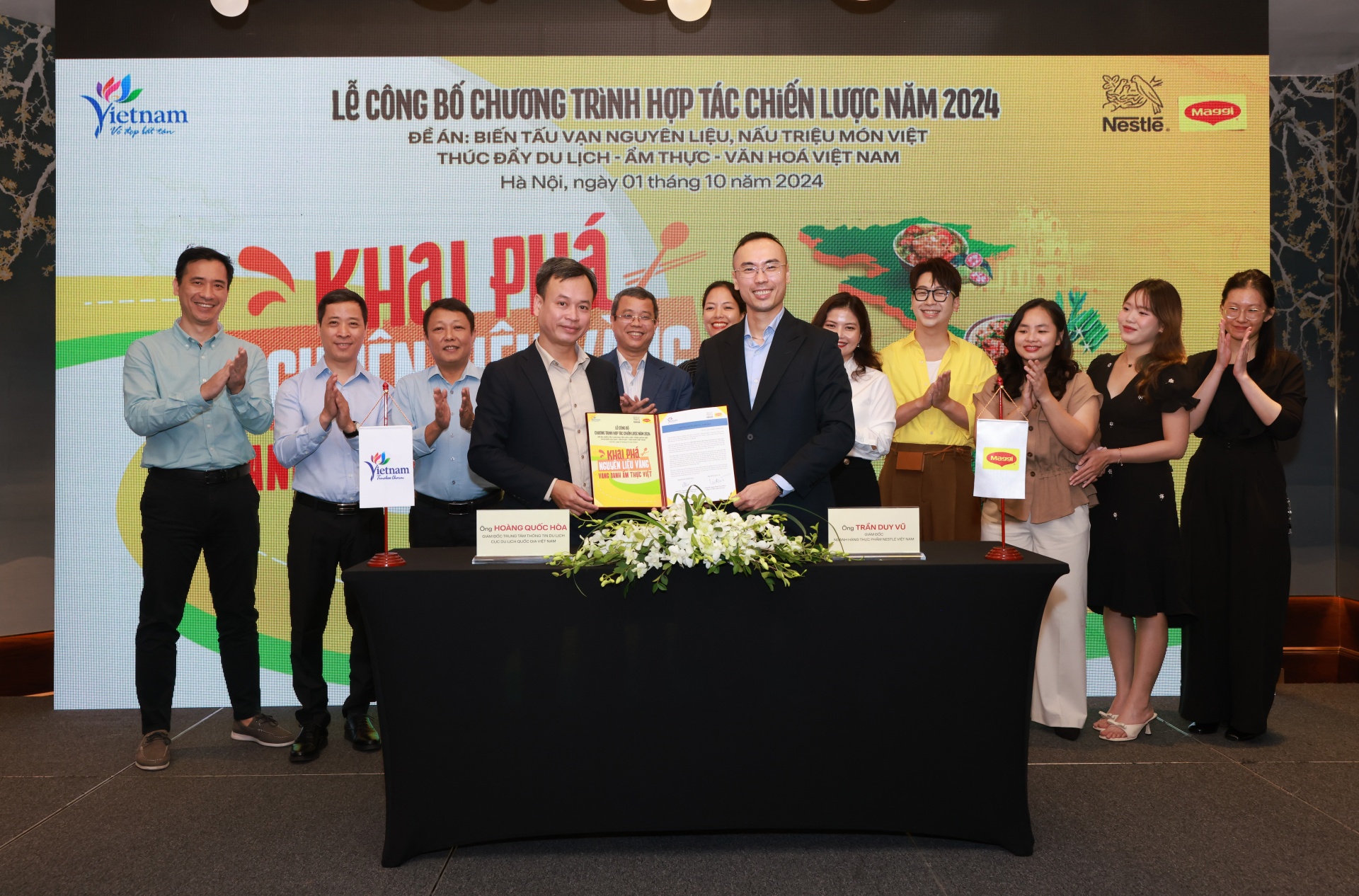










 Mobile Version
Mobile Version